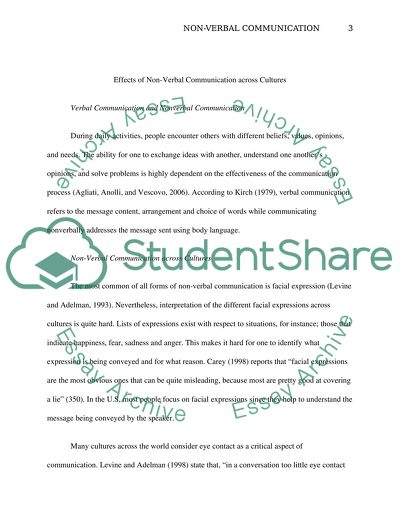Cite this document
(“Effects of non-verbal communication across cultures Research Paper”, n.d.)
Effects of non-verbal communication across cultures Research Paper. Retrieved from https://studentshare.org/journalism-communication/1402537-what-are-the-affects-of-using-nonverbal
Effects of non-verbal communication across cultures Research Paper. Retrieved from https://studentshare.org/journalism-communication/1402537-what-are-the-affects-of-using-nonverbal
(Effects of Non-Verbal Communication across Cultures Research Paper)
Effects of Non-Verbal Communication across Cultures Research Paper. https://studentshare.org/journalism-communication/1402537-what-are-the-affects-of-using-nonverbal.
Effects of Non-Verbal Communication across Cultures Research Paper. https://studentshare.org/journalism-communication/1402537-what-are-the-affects-of-using-nonverbal.
“Effects of Non-Verbal Communication across Cultures Research Paper”, n.d. https://studentshare.org/journalism-communication/1402537-what-are-the-affects-of-using-nonverbal.


